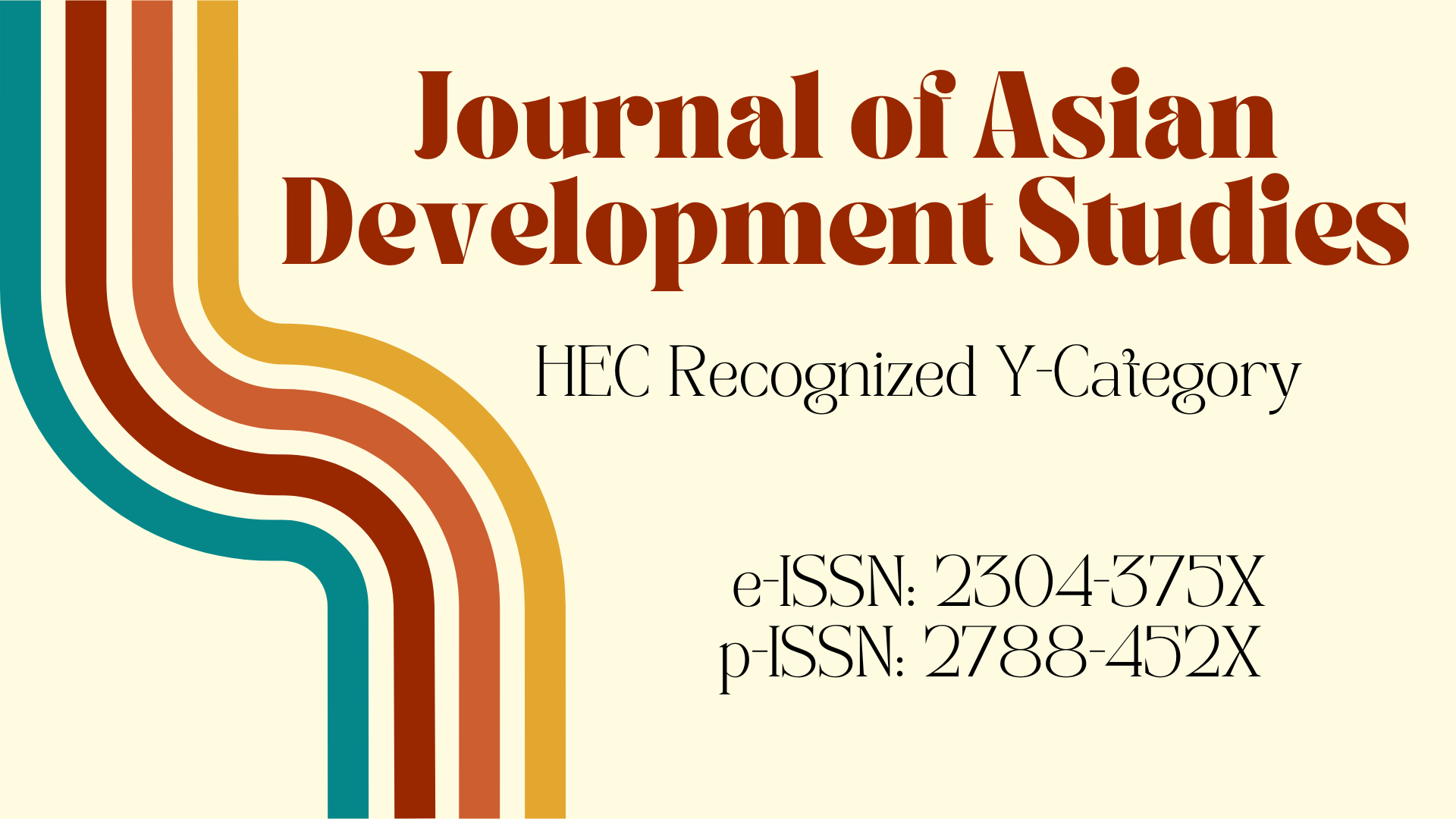A Stylistic Analysis “The Forty Rules of Love” by Elif Shafak
DOI:
https://doi.org/10.62345/Keywords:
Linguistic Description, Contextual Analysis, Stylistic Analysis, MysticismAbstract
This study conducts a stylistic analysis of Elif Shafak's novel, The Forty Rules of Love, with a focus on the thematic exploration of mysticism, spiritual love, and spiritual belief. By examining the chapter dedicated to Water, the research identifies and analyzes various figures of speech employed by the author. The analysis reveals that Shafak utilizes simile, alliteration, anaphora, and onomatopoeia to create vivid imagery and emotional resonance within the narrative. This approach enhances the reader's engagement with the text and deepens their understanding of its underlying themes. The findings underscore the importance of stylistics in literary studies, highlighting how language can be manipulated to convey complex ideas and emotions. By showcasing Shafak's adept use of figurative language, this research emphasizes the power of stylistic devices in enriching literary works. It encourages a greater appreciation for the intricacies of language and expression in literature. Ultimately, this study contributes to the broader discourse on stylistic analysis and its relevance in understanding contemporary literary texts.
Downloads
Downloads
Published
Issue
Section
License

This work is licensed under a Creative Commons Attribution 4.0 International License.
License Terms
All articles published by Centre for Research on Poverty and Attitude are made immediately available worldwide under an open access license. This means:
- everyone has free and unlimited access to the full-text of all articles published in Centre for Research on Poverty and Attitude's journals;
- everyone is free to re-use the published material if proper accreditation/citation of the original publication is given.




